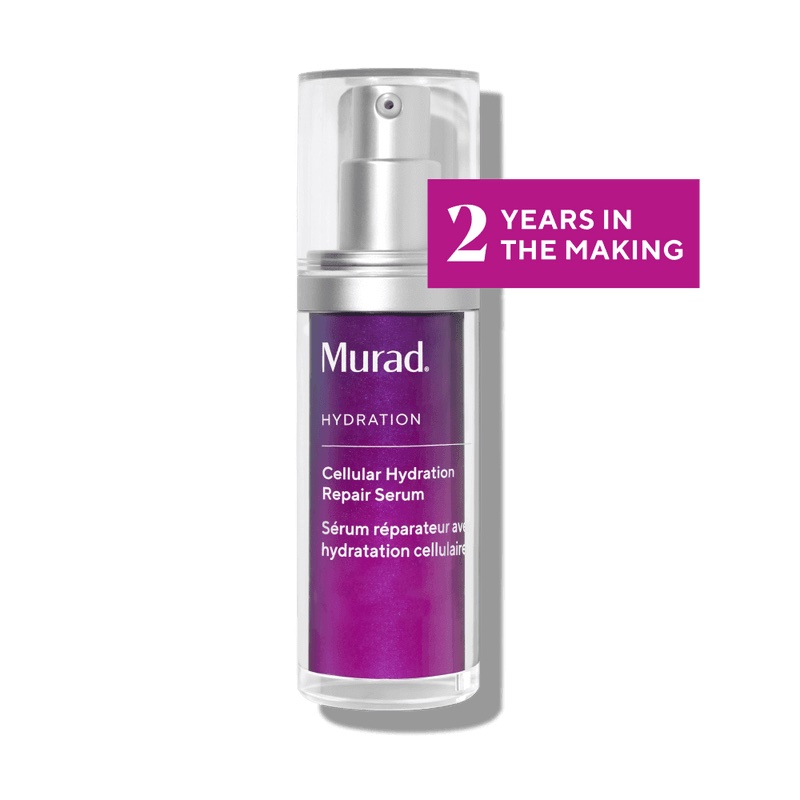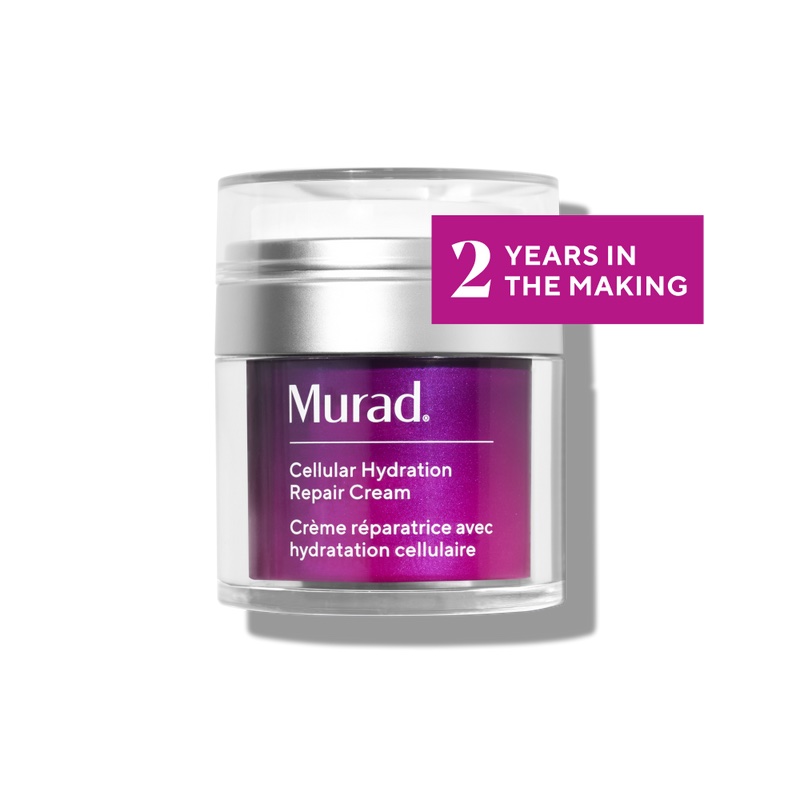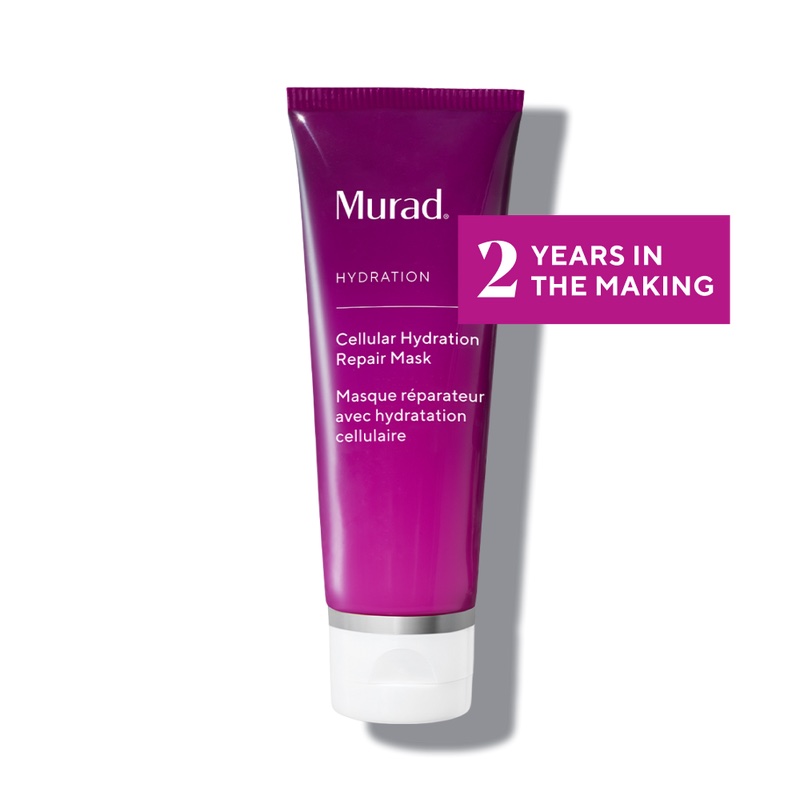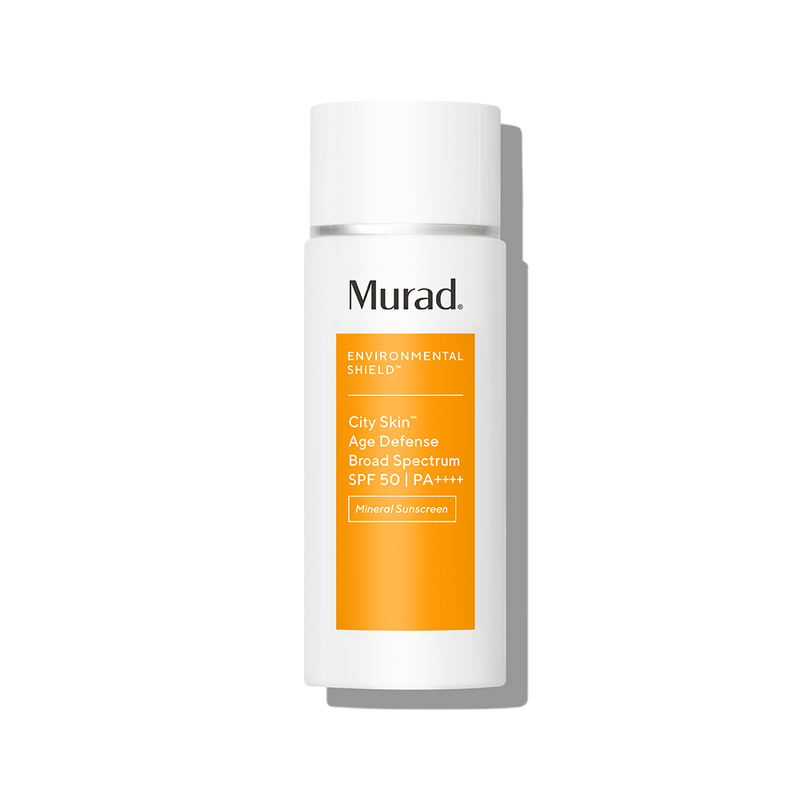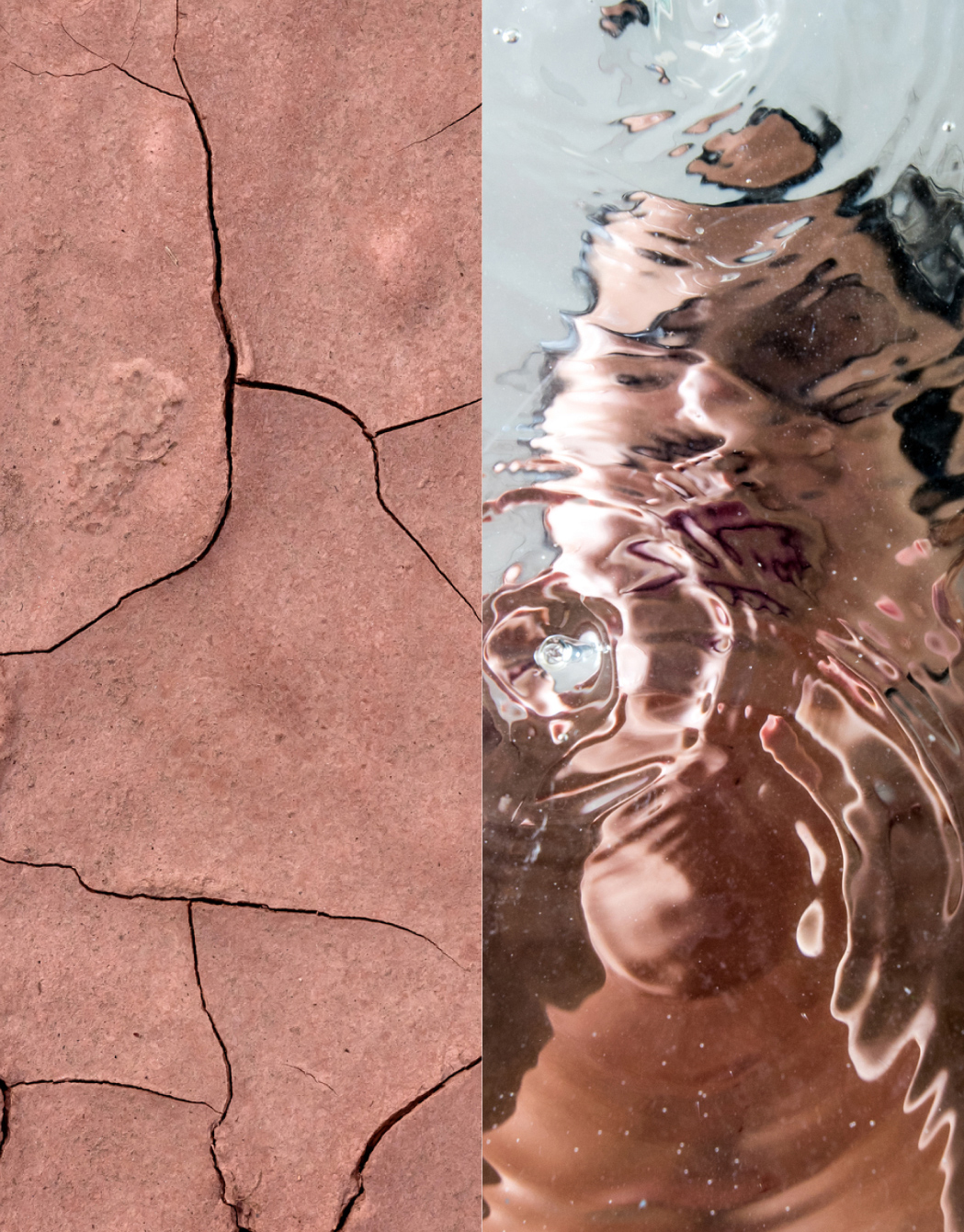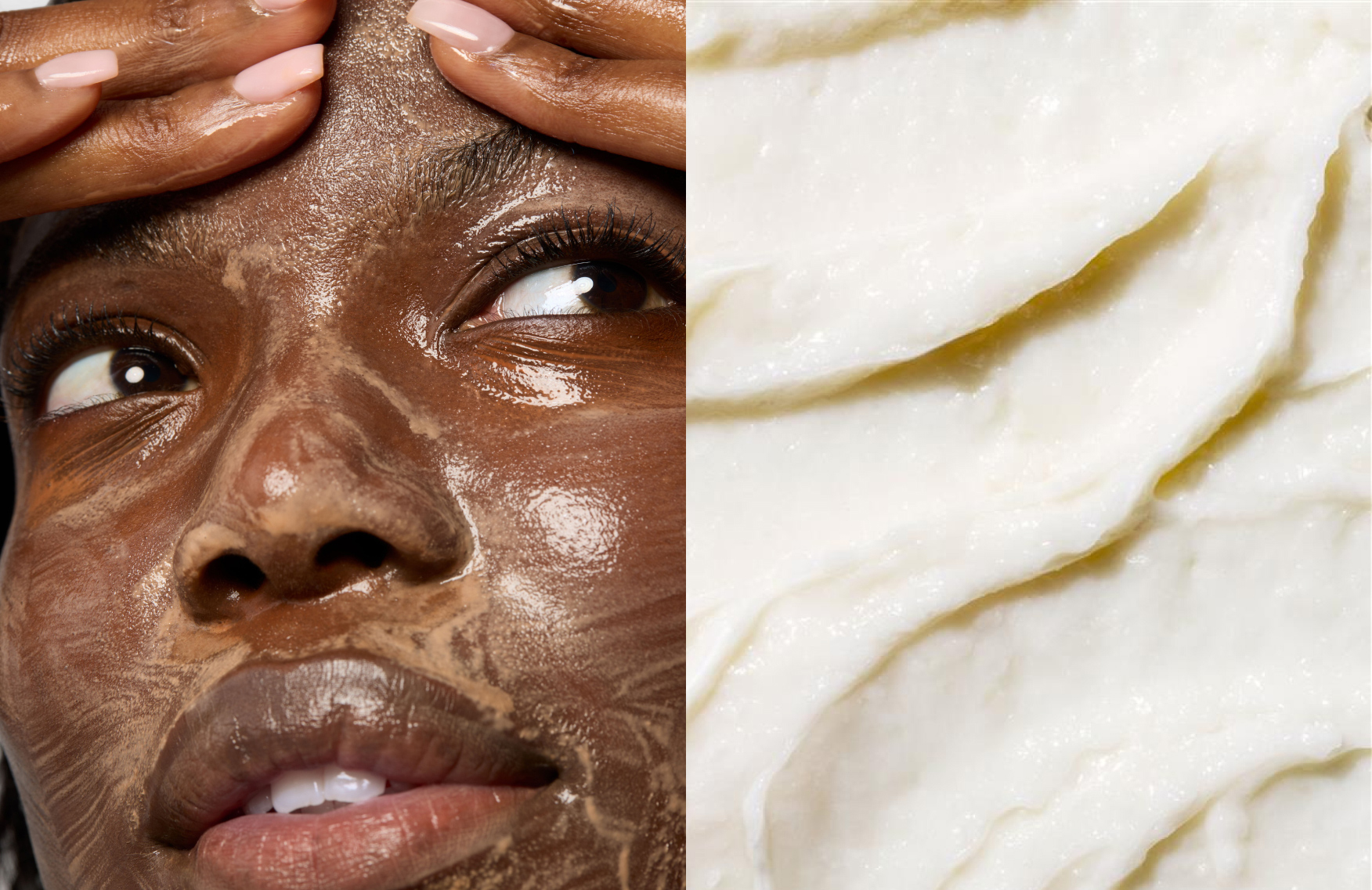Here’s everything (and we mean everything) you’ve ever wanted to know about ceramides
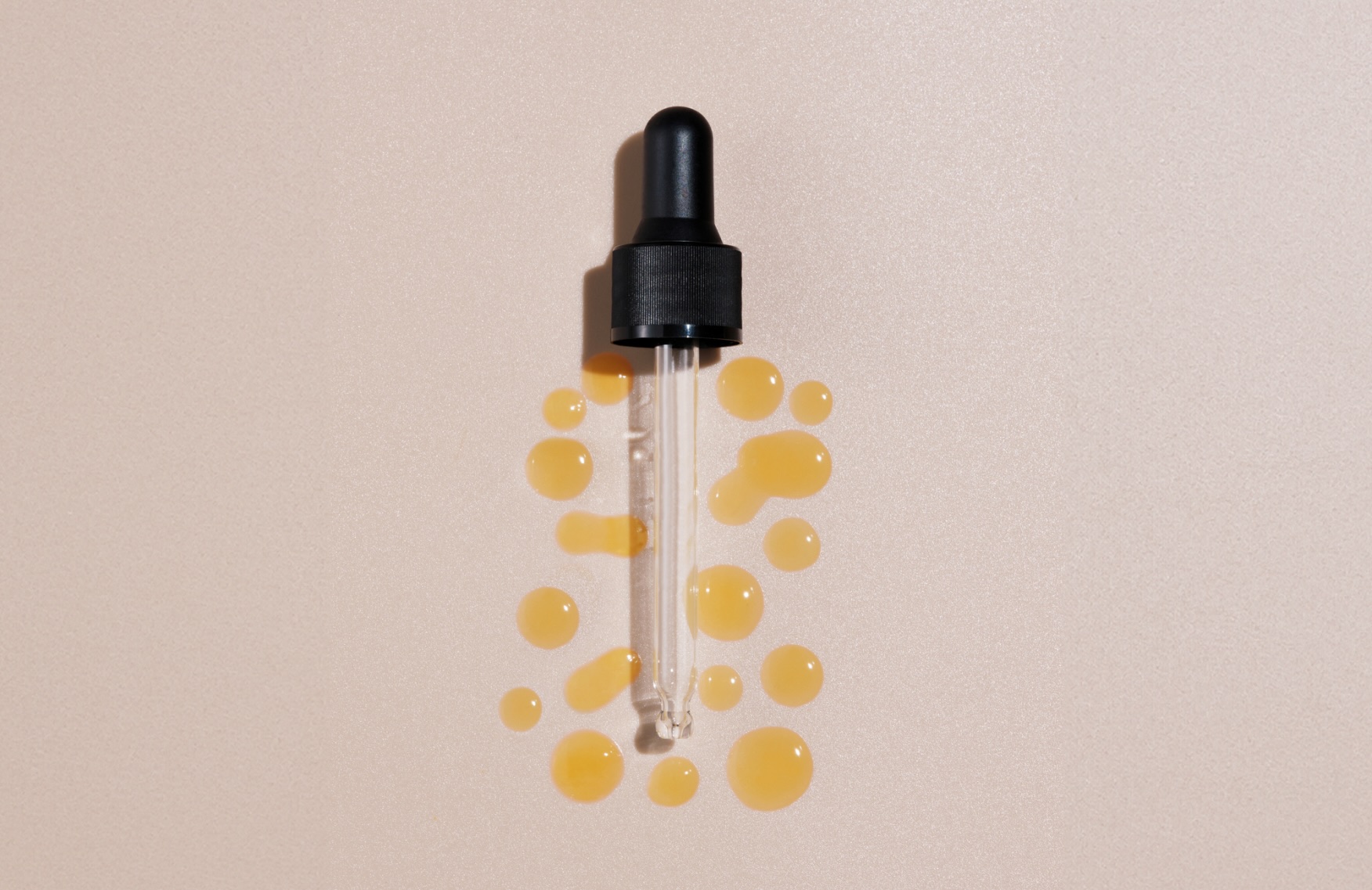
What are ceramides and how do they benefit the skin?
Few things can compromise a supple, radiant complexion like dry, itchy, irritated skin—and few ingredients are as potent in fighting it as ceramides. Keep reading this complete guide on ceramide skincare—and the role it plays in scoring plump, unlined and hydrated skin.
Understanding ceramides
Ceramides are long-chain lipids, or fatty molecules, that compose nearly half of your skin’s topmost layer., Working in concert with proteins like elastin and collagen, as well as cholesterol and free fatty acids, ceramides operate to give your skin structure and protection.
In addition to shielding your skin from everything from environmental pollutants to frigid winter temps, they lock in moisture for bouncy, radiant skin.
How ceramides work in the skin
Ceramides are broken down into two categories: Those we naturally produce and synthetic ceramides (also known as pseudoceramides). Made up of a chain of carbon atoms and amino acids, they’re further organized into 12 unique types:
- Sphingosine
- Phytosphingosine
- EOS (ceramide 1)
- NS or NG (ceramide 2)
- NP (ceramide 3)
- AP (ceramides 6-11)
- EOP (ceramide 9)
A quick glimpse at your skincare products can reveal if any of these appear, and that is essential if you’re on the hunt for a pliant, lovely complexion.
Ceramides and the skin barrier
The top layer of your skin, or your epidermis, encounters a tremendous amount daily—primarily germs, bacteria, dirt, allergens, pollution, free radicals and elements ranging from wind to rain.
Ceramides attach to other fatty acid components to keep these threats from entering your body and bloodstream (more or less) and from wreaking havoc internally and externally. At the same time, they work to retain moisture to keep your epidermis right where it needs to be: nourished and well-watered.
Similar to collagen and elastin, however, the ceramides we organically produce decline with age. Some research shows that:
- 40% of your skin’s natural ceramides dwindle by the time you reach your 30s
- 60% of your skin ceramides wane by the time you reach your 40s
Without that protection and hydration, skin may become vulnerable to a host of problems, namely parched, tight, and itchy skin, thinner skin and lack of flexibility, as well as:
- Eczema, or atopic dermatitis, which can leave skin flaky, red, and itchy
- Ichthyosis, which is characterized by scaly, tough skin
- Psoriasis, which is defined by a rough, itchy rash, mostly on the scalp, knees, elbows and trunk
Benefits of ceramides as a skincare ingredient
The organic changes in life aren’t the only reason for a diminished ceramide level. Sun damage, psychological stress, diet, seasonal shifts, over-exfoliating, hot showers and chemical irritants can all accelerate the process.,
Pseudoceramides work to fill in this gap. Specifically, everything from moisturizers to serums may be a boon in terms of:
Dry skin condition doesn’t just take away from your skin’s elasticity—it can also be downright uncomfortable. A randomized controlled trial found that using a ceramide-infused moisturizer twice a day was more effective in reducing transepidermal water loss (TEWL) compared to a hydrophilic cream.
Ceramides’ hydrating powers may also be taken up a notch when paired with the following:
- Occlusives: Occlusives act as another form of armor between your skin’s barrier and the environment, thus possibly keeping moisture loss further at bay
- Emollients: Emollients, such as squalane for skin, work in a similar fashion. That said, they also function to fill in the spaces between skin cells, potentially improving and promoting healthy skin barrier function
- Humectants: Rather than sitting on the epidermis like occlusives, humectants draw in moisture and may intensify your skin’s silkiness
With their potential to keep full, moist and healthy skin, ceramides may further enhance your skin texture and glow. In fact:
- One study discovered that topical ceramides can also boost skin pH, which may stave off both pigmentation and wrinkles
- Another study published showed that formulas containing ceramides may reduce UV-induced radiation and the photoaging that comes with it. (Remember: sun damage may be responsible for as much as 90% of premature aging.) The study also found that pseudoceramides may stimulate cell turnover and play down both redness and hyperpigmentation.
Also promising? Topical ceramides might have the ability to promote the production of keratin, a protein in your skin (and hair) that’s key to its structure, firmness and resilience.
Ceramides make up approximately 50% of your skin’s barrier. When ceramide levels shrink, your skin’s capacity to shield you from smog, tobacco smoke and other common hazards falters. In turn, your skin may be subjected to oxidative environmental stressors and the collagen breakdown it creates, potentially resulting in:
- Fine lines and wrinkles
- Hyperpigmentation
- Infections
- Skin diseases such as psoriasis and eczema
- Skin cancer
- Acne or acne-prone skin
Topical ceramides may help repair the integrity of your skin’s outermost layer. In fact, research indicates that applying certain forms of ceramides for 21 days may substantially decrease moisture loss and restore both balance and skin barrier function—giving your skin a fighting chance against damage.
Choosing and using ceramide-infused products
While there may be 12 chief forms of ceramides, the ones to pay attention to for the issues above include:
- EOS (ceramide 1)
- AP (ceramides 6-11)
- EOP (ceramide 9)
You can find them in several products, including serums, creams, cleansers and toners. Also, the product you ultimately select needn’t be restricted to your complexion: Body lotions may be equally beneficial.
Additionally, incorporating oils known for their hydrating properties (read: the benefits of prickly pear seed oil) can enhance skin health, moisture and antioxidant defense.
Sold on the idea of weaving ceramides directly into your daily regimen? Consider these top suggestions:
Tips for incorporating ceramides into your routine
Given that we naturally generate ceramides, they may be optimal even for those who have sensitive skin and for daily application; that said, you may want to consult with your derm about the best ceramide products and combinations for your particular skin type.
Additionally, consider doing a patch test and waiting 24 hours to test for a reaction before applying it elsewhere on your skin.
Experts also suggest:
- Applying ceramide products within a few minutes of washing your face: Damp skin is ideal for absorbing hydrating ingredients
- Layering ceramide products on top of your daily serum
- Ensuring your product is free from drying alcohols like methanol, denatured alcohol, isopropyl alcohol and ethanol
- Searching for skincare products that contain ingredients that combat inflammation, such as peptide products, vitamin C skincare, products containing azelaic acid, and vitamin C or retinol products as well as skin-boosting wonders like retinol and antioxidants,
- Seeking out ceramide products that have a ratio of 1:2:1 of cholesterol to ceramides to fatty acids, which dermatologists say bears the closest resemblance to your skin’s natural composition
- Opting for ceramide products that are packed in airtight tubes or jars—and heeding their expiration date
- Giving ceramides time to work (and committing to consistency)
And if you do skip your ceramides in the morning? Be sure to use it at night when your skin performs the vast majority of its repairs.
Protect your skin barrier and your skin health
Ceramides help prioritize ample skin hydration and healthy skin barrier protection by supplementing your natural ceramide production. Pair with practicing a healthy, happy lifestyle for amazing skin from the inside out.
The views expressed in this article do not necessarily represent the views of Murad, and are for informational purposes only, even if the advice of physicians and medical practitioners are included. This article is not a substitute for professional medical advice, diagnosis or treatment, and should not be considered specific medical advice.
References for this information:
BMC Complementary Medicine and Therapies, 2020, volume 20, issue 26
Cleveland Clinic website, Skincare & Beauty
Medical Dermatology Associates of Chicago website, A guide to ceramides
WebMD website, Healthy Beauty
Cleveland Clinic website, Skin
Healthline website, Skin Care
Mayo Clinic website, Diseases & Conditions
Health website, Skincare
Everyday Health website, Healthy Skin
Dermatologic Therapy, 2019, volume 32, issue 6
Michigan State University website, What Are Occlusives?
Everyday Health website, Skin & Beauty
Journal of Drugs in Dermatology, 2021, volume 20, issue 4
Medical News Today website, Benefits of ceramides for skin
Healthline website, Skin Care, Climate change on skin
International Journal of Molecular Sciences, 2023, volume 24, issue 11
Healthline website, About peptides
Harvard Health website, Vitamin C and skin health
The Journal of Clinical and Aesthetic Dermatology, 2019, volume 12, issue 9
